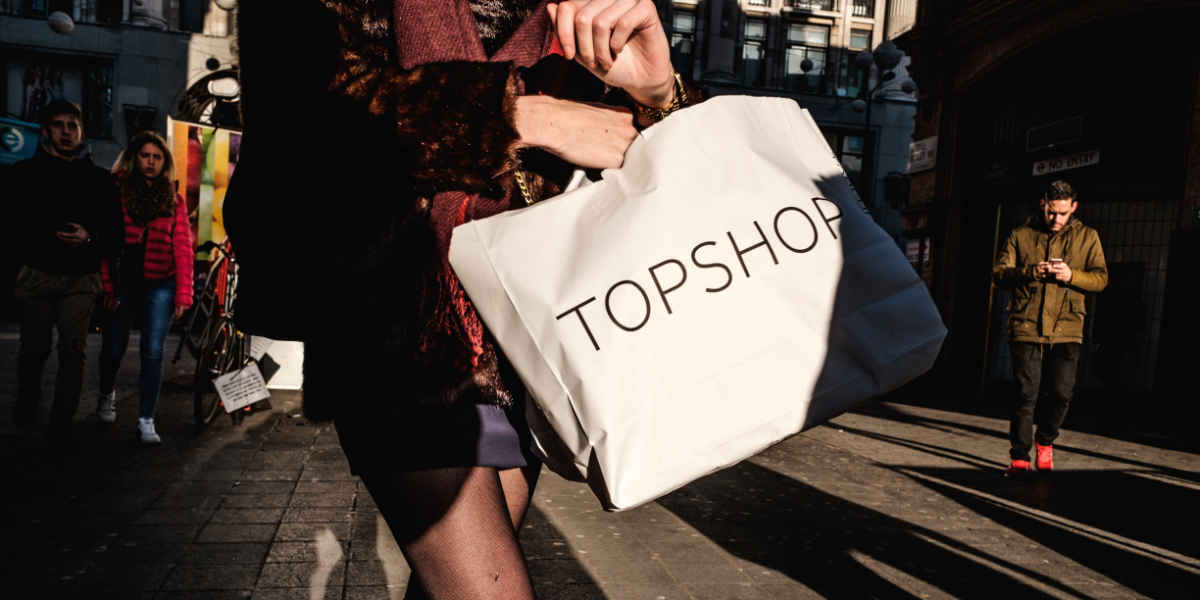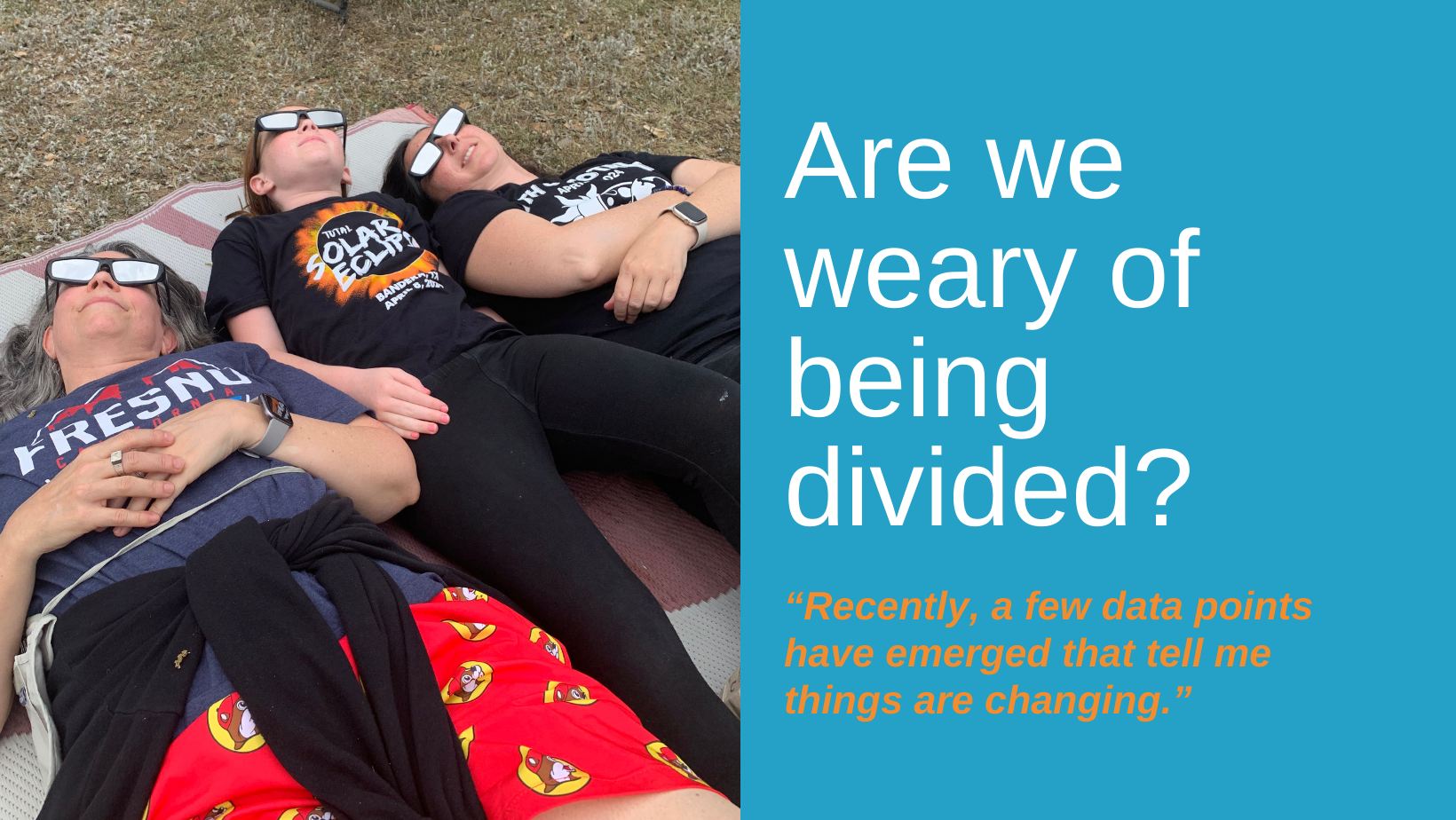
The Decline of Black Friday is a Victory for Consumer Focus
“As the pull of Black Friday as a shopping event fades, it gives us as marketers an opportunity to reflect on what holiday shopping means to consumers.”
It’s that time of year again: no, not Thanksgiving, Black Friday! The annual shopping-bonanza that produces both $5 TV deals and local news stories about over-eager customers trampling their fellow shoppers.
Around this time last year, we pointed out that Black Friday was in decline, with retailers taking the opportunity to push back against the sales-bonanza and representing themselves as pro-employee and pro-family. For retailers like REI and Staples, this was a public relations boon, drawing attention for standing against the swarming consumerism of door-buster deals and interrupted Thanksgiving dinners.
This year, it seems standing against the excesses of Black Friday is simply the norm. Mega-retailers Amazon and Walmart have both announced plans to spread the deals out over a wider array of dates and channels, moving away from the Black Friday/Cyber Monday model, and back towards the idea of a holiday shopping season. In the wake of backlash marketing, it seems that the largest players are backing off an approach that attracted a small group of intense bargain-hunters while alienating many shoppers and employees who just want to spend uninterrupted time with family.
And others have followed suit. The Mall of America announced this year that it would be fully closed on Thanksgiving day. Many other retailers who had pushed their Thursday-night openings further and further into Thanksgiving family time are also backing off, including Dillard’s, Office Depot, and BJ’s. Whether due to increased competition from online outlets that make Black Friday deals possible without leaving the home, or a deeply-felt commitment to employees and their families, these retailers are applying their weight to keep Black Friday a bit more contained.
As the pull of Black Friday as a shopping event fades, it gives us as marketers, retailers, and brand-wranglers of all stripes an opportunity to reflect on what holiday shopping means to consumers. For most consumers, holiday shopping is not a one-and-done experience, and is more than a search for the best bargain. Holiday shopping is an emotional experience where we pick out gifts, considering our own taste and the tastes of others.
More than any other time of year, the holiday shopping season shows us multiple shopping styles in action. Have a favorite niece who loves Dora and reading? You may find yourself spending hours searching for just the right book about exploring nature for her age group. On the other hand, when you drew the office jerk as your Secret Santa, you probably resolved to spend no more than 10 minutes thinking about his gift. And for your aunt who always makes backhanded comments about her gift on Christmas morning? Well that’s a whole other ball of anxiety.
In each of these cases, the same shopper finds him or herself with a specific need, and shops in a specific style. More importantly, none of these needs is really filled by a Thanksgiving-night fight over the last cheap television. While some may want the rough-and-tumble door-buster sale, the majority of customers don’t. Moreover, for the increasingly cynical shopping public, they’ll be left with the lasting feeling that this is what you as a retailer represent: a focus on sales-above-all, and an in-store experience more reminiscent of a riot. The largest, most-strategic retailers will manage to thread this needle, bringing in bargain-hunters early Friday morning while de-emphasizing Black Friday to customers more interested in an extended Holiday shopping season.
Thought Leadership Updates
Get updates in your email.






